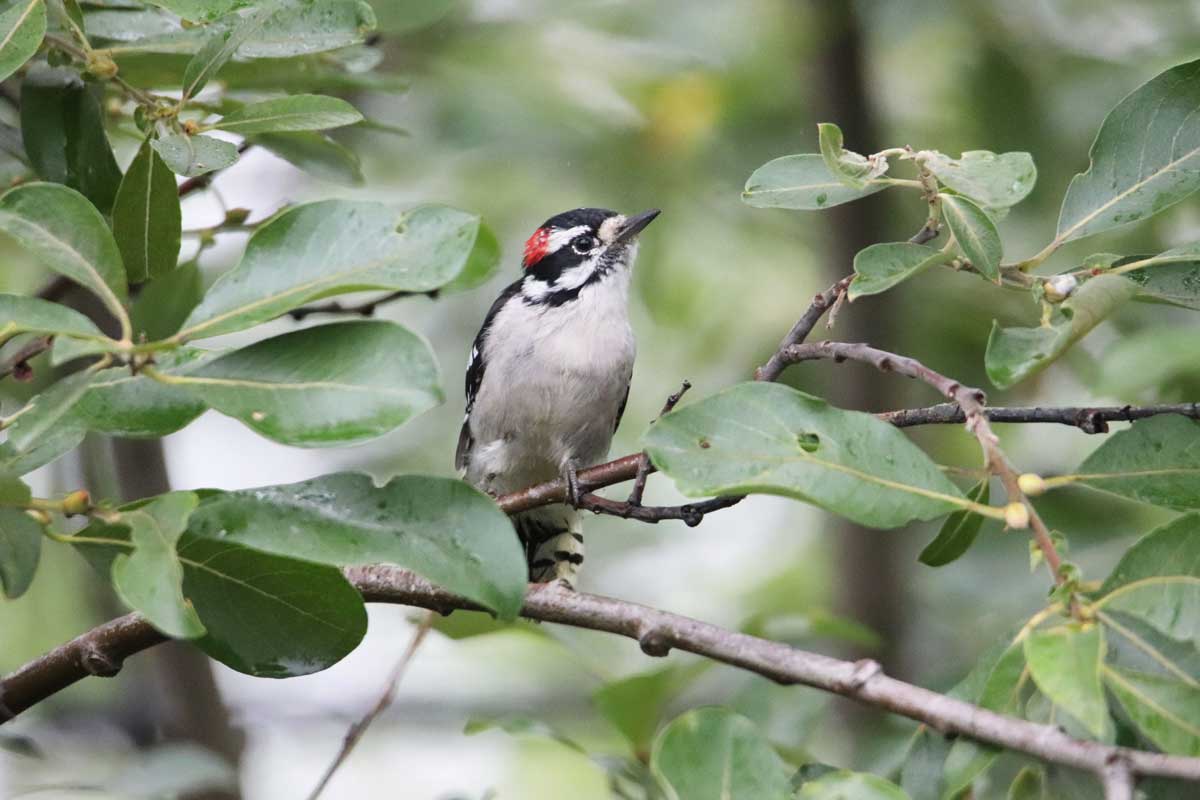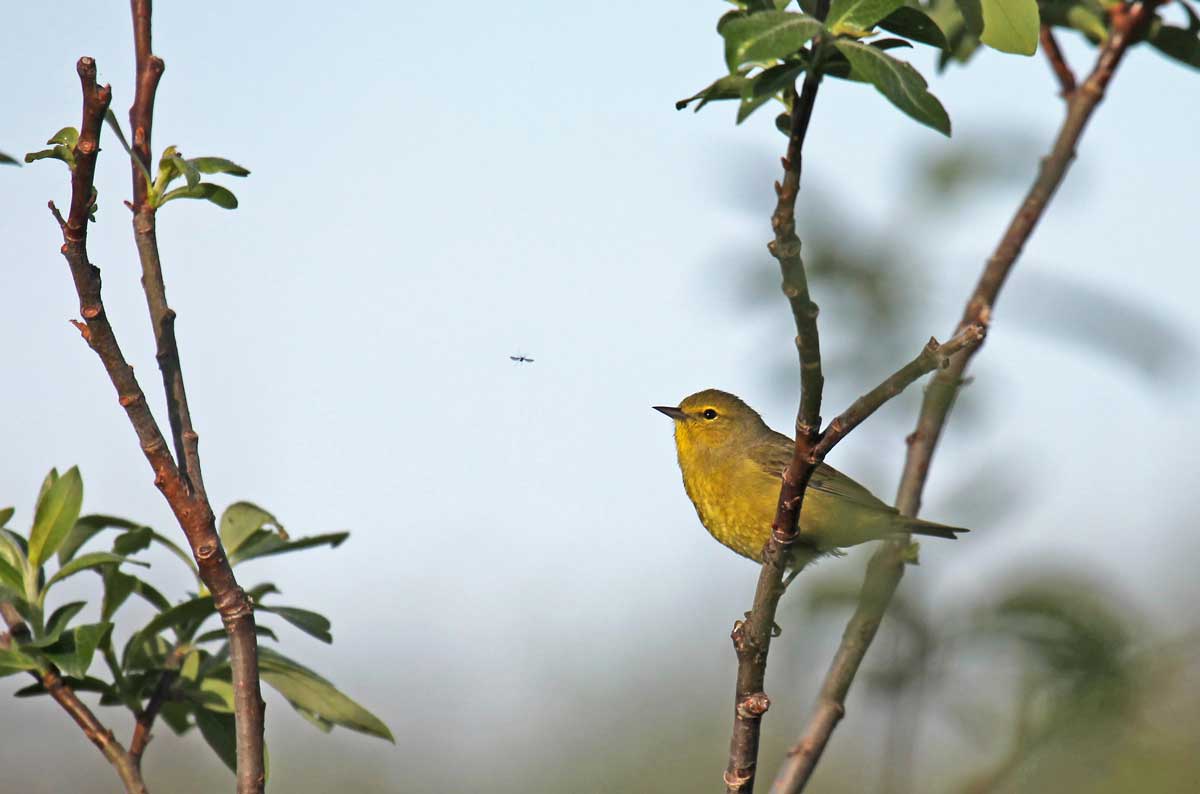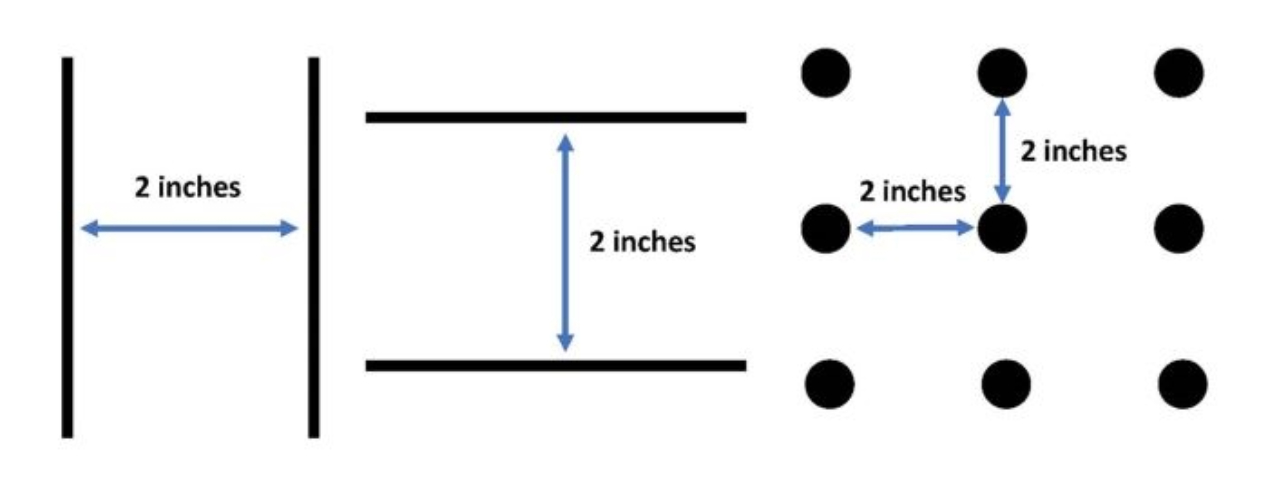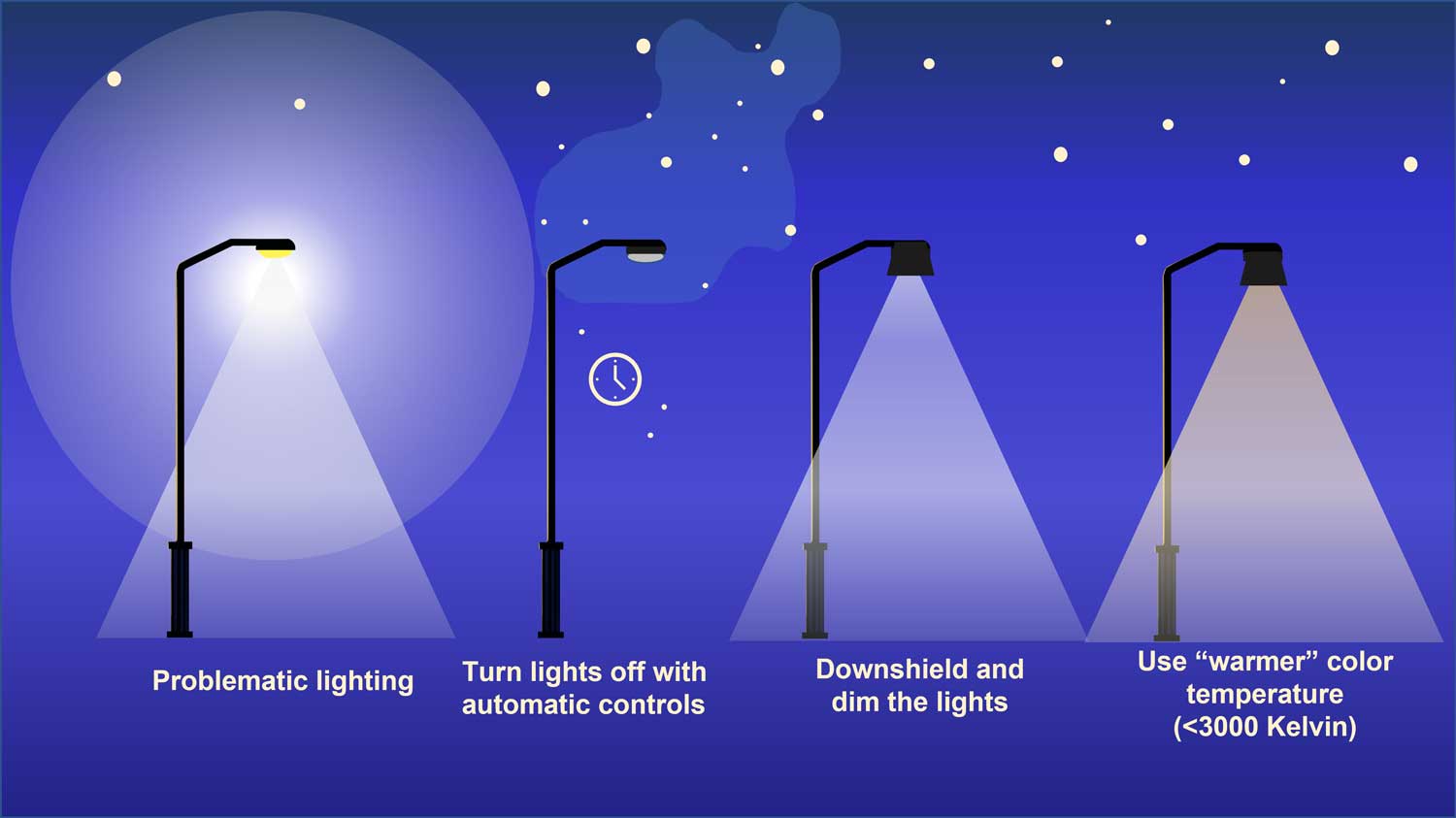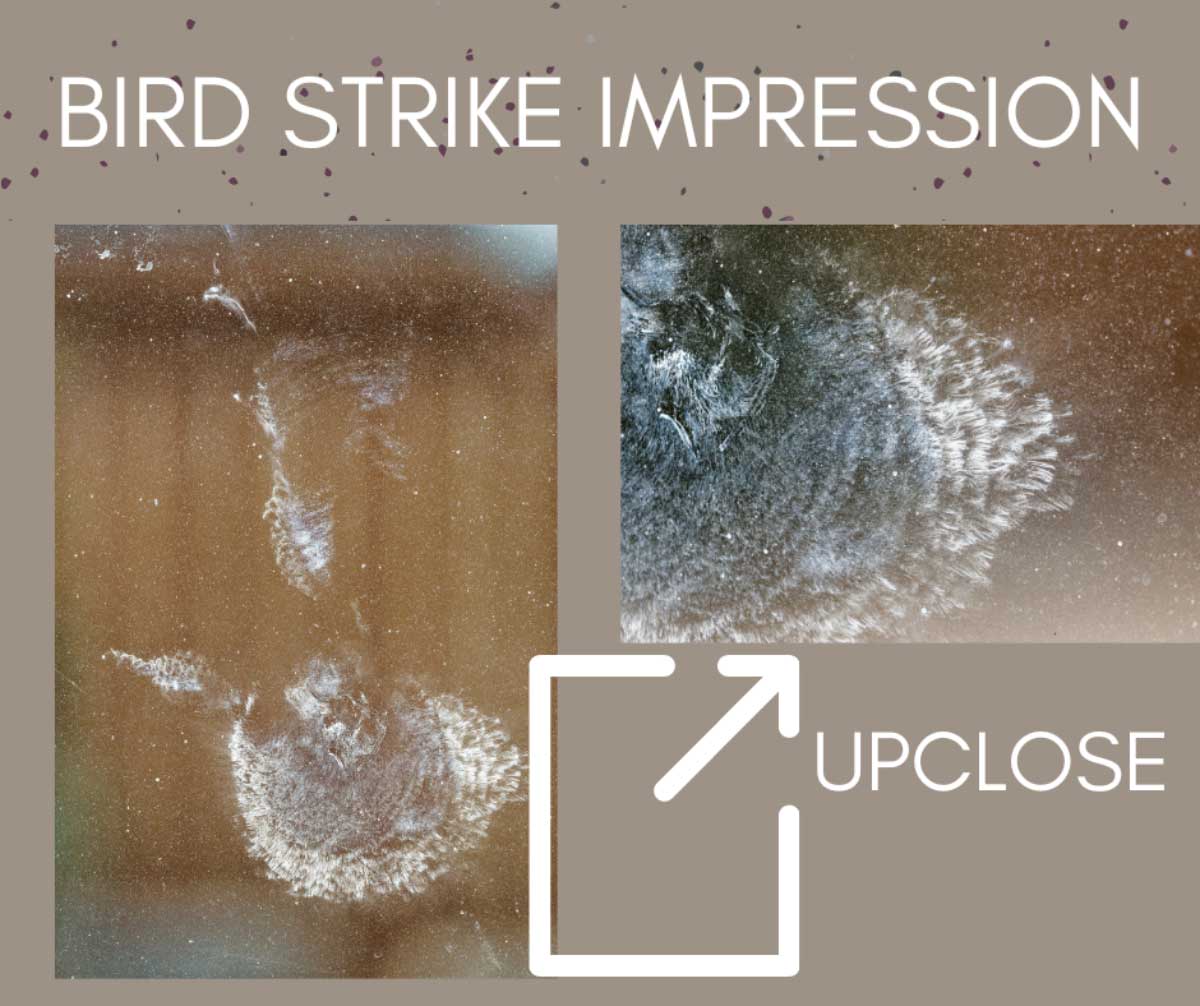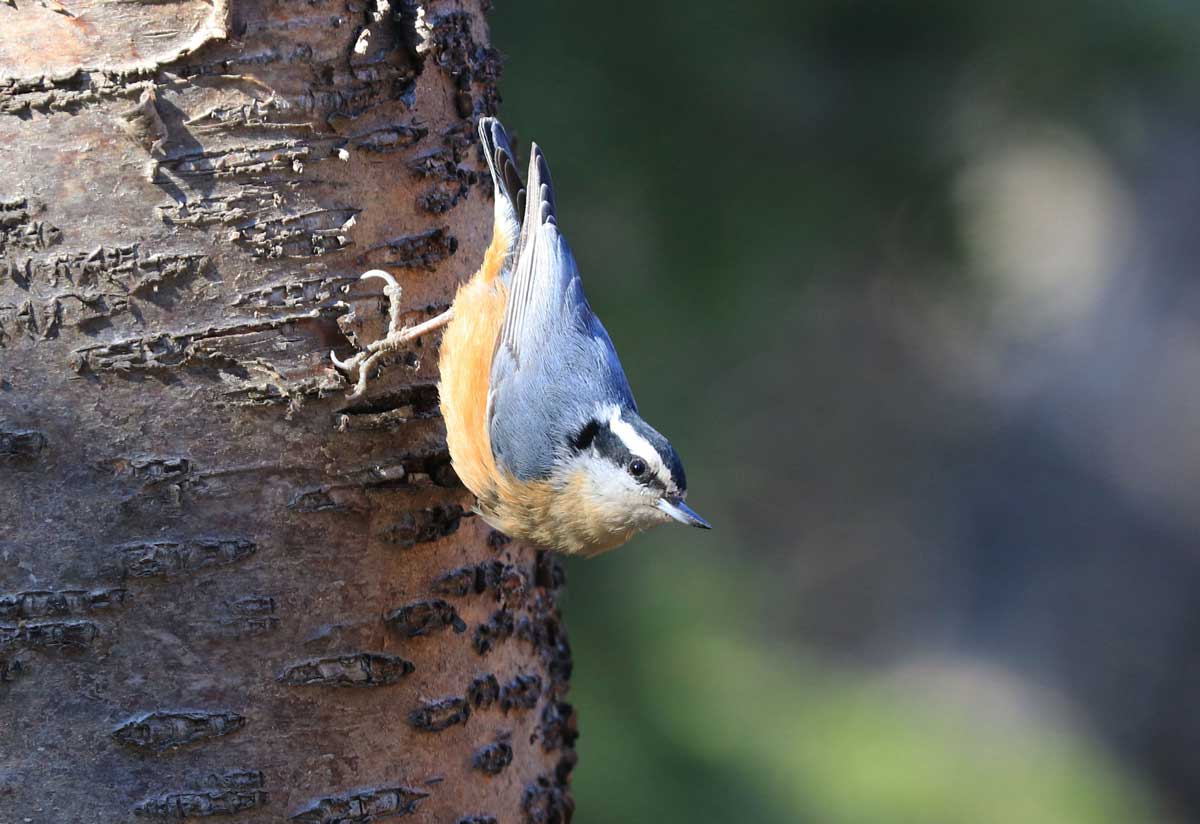Prevent Window Collisions
Windows on residential and commercial buildings are estimated to kill over 1 billion birds a year in North America. Collisions are the second leading direct, human-caused bird mortality (feral and free-roaming cats are first). Despite the attention high-rise buildings get for large mortality events, 99% of bird-window collisions occur at urban and rural low-rise buildings (1-4 stories) and private residences. Studies have found that migratory, insectivorous, and forest-dwelling species are most at risk. However, here in Alaska, resident birds like Bohemian Waxwings, Redpolls, grouse, and raptors, also regularly fall victim to window collisions. Although a bird that collides with a window may not be killed outright, about 40% die later from injuries that were not immediately apparent. Windows that reflect trees and open sky look like safe passageways to birds, especially to species known to dart quickly between trees and fly through narrow openings. Instead, these species may hit glass at up to 20 mph. Light pollution and lit infrastructure are also a risk to many species. Nighttime lights can disorient birds during their nocturnal migration, exhausting them as they circle lit structures and ultimately lead birds closer to the threat of colliding with glass and buildings.
It's important to note that birds attracted to areas due to feeders or other aspects of our suburban landscapes (like fruit-bearing trees) are at risk as well. White-winged Crossbills and Redpolls, two common feeder-visiting species, frequently hit windows, as well as frugivorous birds like Bohemian Waxwings. Territorial species (such as the American Robin) often perceive their reflection as an invader and try to chase it away, which can result in a collision. Raptors, including hawks and owls, and insect eating birds (like Orange-crowned Warblers) are particularly at risk when the prey they are chasing fly toward windows. Additionally, during spring and fall migratory seasons, window strikes increase with more birds moving through the area. Long-distance migrant species are a high-risk group during these times, as these individuals may be less familiar with our backyard habitats than birds who reside in our backyards year-round.
How to Reduce Window Collisions
- Identify which windows have had bird strikes in the past.Have you heard a "thud" on a particular window before, or seen a feather imprint on glass?
- Identify problem windows at home or work, such as those that reflect trees, plants, or sky and those that are near bird attractants (e.g., fruiting trees, bird feeders, water sources, or bird houses).
- Learn about your home/building's overall risk by taking the Bird Safe Building Survey quiz (PDF 230 kB).
- Make problem windows more visible to birds so they are perceived as obstacles, not passageways.
-
Place deterrents (at least ¼ inch in diameter) on the outside of windows spaced 2 inches apart vertically and horizontally. Examples include:
- UV or high contrast window decals placed on the outside of the glass.
- Painted decorations on windows, temporary lines drawn with a bar of soap, tempera paint, or liquid markers.
- Heavy strings, like parachute chord, hung vertically across glass.
- Leave windows unwashed (on the outside) or install screens to make windows more visible.
- Retrofit any windows near bird feeders, water sources, or bird houses. If you can't treat these windows, make sure bird feeders, bird baths, or bird houses are 3 feet or less from a window, as being this close won't generally give a bird enough space to gain the momentum for a collision to be fatal. Homes with bird feeders are at double the risk for bird-window collisions compared to those without.
- Consider installing bird-safe/friendly glass, if constructing a new home or building. There are several companies that make bird-safe/friendly glass, which typically cost 5% more than standard glass. Some examples include acid-etched patterns, silk-screened ceramic frit patterns, opaque glass, and frosted glass.
- Turn off unnecessary lights at night, especially during spring and fall migration. Down shield necessary outdoor lights, and mask indoor lights with curtains or blinds so to not confuse migrating birds. Not only can this save birds, but it can also save you energy and money!
Remember, window blinds or decals installed on the inside of the house do not deter birds during the day, they must be installed on the outside of the window, breaking up the reflection, to be seen. Additionally, most decals brands (like Feather Friendly or Window Alert) have installation criteria including ideal outdoor temperatures for installation (i.e., greater than 50°F) to ensure they last. Some decals are more successfully applied soon after the manufacture date, so temperature range may be important information to note before placing your order. Make sure you follow the product instructions for the best results.
What to do if a Bird Hits your Window
This guidance is meant for birds you suspect have experienced a window collision Please refer to the "I found a Baby Bird" news article or Bird TLC's Found a Baby Bird schematic for guidance on what to do if you find a nestling or fledging bird on the ground.
- If a bird appears uninjured and is sitting still, give it a chance to recover on its own.
- If the bird is at risk due to predators, poor weather, or traffic, you can place it in a quiet, protected location, where it is free to fly away when able. If this cannot be done safely, call a local wildlife rehab facility.
- Always use gloves when handling wild birds. Be extremely cautious handling raptors, like owls and hawks, as their sharp beaks and talons are designed for tearing through skin and could cause injury. We recommend contacting professionals for these birds.
-
If the bird has any blood, swelling around the eyes, or other apparent injuries, has trouble keeping its eyes open, head up, or has labored breathing, you can take it to a licensed wildlife rehabilitation center.
Licensed wildlife rehabilitators in Alaska include:
- The Bird Treatment and Learning Center
- Alaska WildBird Rehabilitation Center
- Alaska Raptor Center
- Alaska Wildlife Rescue
- Birds that appear sick or dead, and even healthy birds, can carry avian diseases that include infection with viruses like avian influenza and pox, or bacteria like salmonella. For any dead or apparently ill bird not found near a window or without an obvious mechanism of injury, please report the bird's location to the Alaska Sick or Dead Bird Hotline at 1-866-527-3358.
- Handle birds at your own risk; if birds must be handled, always use nitrile or latex gloves.
Help us collect data on the number and species of bird collisions throughout Alaska by reporting your information at the link above. Though bird-window collisions are a serious threat, luckily, there are numerous simple and affordable solutions! With 99% of bird-window collisions occurring at low-rise buildings and private residences, personal actions can make a big difference. Join us in making Alaska safe for birds!
References and more information
- Loss, S.R., T. Will, S.S. Loss, and P.P. Marra (1 Feb 2014). Bird–building collisions in the United States: Estimates of annual mortality and species vulnerability. The Condor, 116 (1).
- Kornreich, A., D. Partridge, M. Youngblood, and K. Parkins (7 Aug 2024). Rehabilitation outcomes of bird-building collision victims in the Northeastern United States. PLOS One, 19(8).
- Loss, S.R., T. Will, and P.P. Marra. (29 Jan 2013). The impact of free-ranging domestic cats on wildlife of the United States. Nature Communications, 4(1396).
- Van Doren, B.M., K.G. Horton, A.M. Dokter, H. Klinck, S.B. Elbin, and A.Farnsworth. (2 Oct 2017). High-intensity urban light installation dramatically alters nocturnal bird migration. The Proceedings of the National Academy of Sciences, 114(42).
- Loss, S.R., Lao, J.W. Eckles, A.W. Anderson, R.B. Blair, and R.J. Turner. (6 Nov 2019). Factors influencing bird-building collisions in the downtown area of a major North American city. PLOS One, 14(11).
- Personal Communications with The Bird Treatment and Learning Center, 15510 Old Seward Hwy. Anchorage, AK 99516. Email: INFORMATION@BIRDTLC.ORG.
- Kummer, J.A. and Bayne, E.M. (2015). Bird feeders and their effects on bird-window collisions at residential houses. Avian Conservation and Ecology, 10(2):6.

